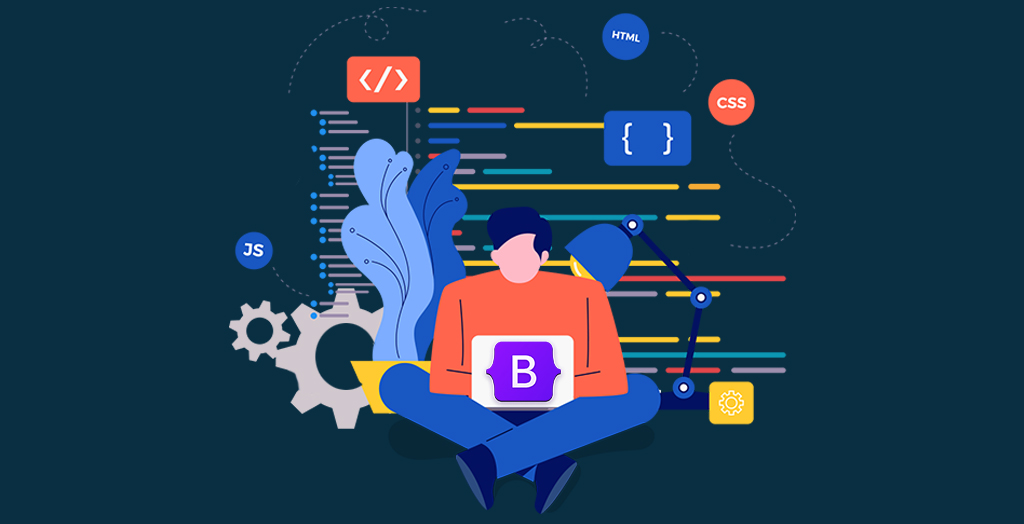Is it worth it to learn UI frameworks?
04 Oct 2023Learning bootstrap was not easy… but It was fun

Web development has been transformed by UI frameworks that offer pre-designed, customizable components to simplify the creation of visually appealing and user-friendly websites. Bootstrap 5 is one of the top frameworks in this category. This essay will explore the importance of UI frameworks, address common concerns, and share personal experiences with Bootstrap 5. Furthermore, we will provide a comparative analysis of Bootstrap 5
Bootstrap 5
One of the standout features of Bootstrap 5 is its mobile-first approach. This means that websites created with Bootstrap 5 are designed to be responsive and functional on various devices such as desktops and smartphones. Bootstrap 5 also provides utility classes that simplify the process of creating responsive layouts, making it an essential tool for developers. The modular structure of Bootstrap 5 allows developers to customize it according to their needs, ensuring that only necessary files are loaded for faster load times and improved performance.

When starting to learn a UI framework, it may seem like learning a new programming language due to its unique set of rules, syntax, and best practices. This can be daunting for those new to UI frameworks or for those who prefer hand-coding HTML and CSS. However, there are many benefits to using a UI framework, such as rapid development once mastered. Pre-designed and tested components are available, reducing the need for custom coding for common elements like buttons, forms, and navigation bars. Additionally, UI frameworks ensure consistency in design and responsiveness across various devices and browsers, which can be time-consuming to achieve when coding from scratch. Popular frameworks like Bootstrap have large, active communities that offer extensive documentation, tutorials, and user-generated resources that can be invaluable for troubleshooting and learning. However, there are considerations to keep in mind when using a UI framework. For instance, the initial learning curve can be steep, leading to frustration and a feeling of being overwhelmed. Also, while UI frameworks offer a wide range of components, they may not always align perfectly with a specific design vision, requiring additional customization effort or compromises in design.
Bootstrap 5, along with other UI frameworks, can significantly streamline the development process, providing a solid foundation for developers to build on top of well-tested and widely adopted components. This reduces the need to reinvent the wheel, resulting in a consistent look and feel across the application. Bootstrap 5 is particularly renowned for its mobile-first approach, making it a go-to choice for ensuring seamless performance on various devices. Using a UI framework also promotes clean, modular code, making it easier for multiple developers to collaborate on a project and for future maintenance or updates. In contrast, coding from scratch can be time-consuming, with a potential for inconsistencies and redundant efforts. Using UI frameworks aligns with software engineering principles, promoting modularity, reusability, scalability, and faster prototyping and iteration. Ultimately, choosing between a UI framework and raw HTML/CSS depends on the project’s requirements, timeline, and the level of control and customization needed. However, for most modern web development projects, UI frameworks provide a solid foundation that aligns with key software engineering principles.
If you want to learn bootstrap 5, this is their documentation bootstrap5.